Free isn’t harmless in telecom. In 2023, communications fraud drained an estimated $38.95 billion from carriers and enterprises, much of it via SIP-based abuse and toll attacks.
Now ask yourself: can something as central as your voice stack, your free SIP trunking link into a PBX, your VoIP endpoints, your IP telephony edge, really be “free” without trade-offs? One hour of service loss already costs most firms $100,000+, and for many, $300,000–$1 million+. “Cheap” connectivity that fails at the wrong moment isn’t cheap.
This guide cuts through marketing. You’ll get a sober, evidence-based look at what “free” actually means: the real categories (permanent free tiers, freemium trials, open-source you host), where they help, where they break, and how to harden them if you still proceed. You’ll also see a compact, data-driven snapshot of popular SIP provider offers and a simple decision framework to know when to step up to paid reliability.
If you’re testing a lab, spinning up a prototype, or evaluating routing, the next section maps the ground truth, so you can choose with eyes open.
What ‘Free SIP Trunking’ Actually Means Today
The phrase free SIP trunking sounds straightforward, but in telecom, “free” always has conditions. Most offers fall into one of three real categories, each serving different user goals and technical maturity levels.
The Real Landscape: Free, Freemium, and Temporary Trials
1. Permanently Free, Community-Grade Trunks
Platforms such as Sonetel and Linphone provide free SIP accounts that let users register a device, receive inbound calls, and make limited outbound calls, usually restricted to on-net destinations or short test sessions. These are ideal for developers, students, or lab setups.
- Minutes: Typically 300–500 outbound minutes per month, if any.
- Concurrent Calls: Often limited to one or two channels.
- Support: Community-based forums only.
These trunks operate more like learning tools than production pipelines. Expect shared servers, best-effort routing, and noticeable latency during high demand.
2. Commercial Free Trials (30–90 Days)
Vendors such as Twilio and Flowroute use free trials to let users test APIs, call routing, and SIP integration. They provide temporary credit balances or time-limited access, giving engineers a real look at how their paid tiers perform.
- Minutes: Usually based on trial credit, $10–$20 worth of calling.
- Concurrent Calls: Typically one, extendable after verification.
- Duration: 30 to 90 days.
Trials offer realistic performance, but accounts expire automatically, meaning production PBXs relying on them risk immediate shutdown once the trial ends.
3. Open-Source SIP Servers (Software is Free, Service Isn’t)
Solutions like Asterisk, FreeSWITCH, and Kamailio provide free SIP server software, allowing complete control over call routing and trunking. However, “free” stops at the codebase, hosting, bandwidth, and termination services still cost money.
- Ideal for: Skilled admins wanting full control or research institutions testing at scale.
- Cost factor: Server hosting (~$10–$30/month) and termination minutes.
- Limitations: Steep setup curve, ongoing maintenance, and security responsibilities.
Comparison Table
| Type | Who It’s For | Typical Limitations |
| Community-Grade Trunk | Hobbyists, students, small test labs | Shared servers, no uptime guarantees, limited outbound minutes |
| Commercial Trial | SMBs testing VoIP integration | Time-bound access, single concurrent call, no E911 |
| Open-Source Server | Developers, telecom researchers | Requires own hosting, setup complexity, ongoing admin workload |
Why Providers Offer Free SIP Trunks
Free SIP trunks aren’t acts of generosity, they’re strategic funnels. Providers use them to attract developers, startups, and IT managers into their ecosystems. According to Sonetel’s internal data, roughly 40% of free accounts convert to paid within three months, demonstrating how effective this model is for lead nurturing.
The motives vary:
- Lead Generation: Lower the barrier for first-time users and later upsell to business-grade plans.
- Testing Environments: Allow developers to validate PBX integration, APIs, and call flows before purchasing minutes.
- Community Building: Foster a network of users who contribute feedback, bug reports, and peer support, reducing official support costs.
In short, “free” isn’t charity; it’s an acquisition strategy. Providers gain user data, product visibility, and eventual revenue from users who grow beyond the limitations of the free tier.
Benefits: When Free SIP Trunks Actually Make Sense
Free SIP trunks rarely serve as full-time business lines, but they’re invaluable in specific scenarios where experimentation, learning, or limited use outweighs the need for uptime guarantees. The key is matching the tool to the purpose.
1. Testing VoIP Applications
Developers and network engineers often need to validate call routing, codecs, or API logic without committing to contracts. Free SIP trunks provide the sandbox to run end-to-end simulations, register a PBX, place test calls, monitor logs, and fine-tune routing.
Metric to watch: If your test environment handles fewer than 500 minutes of traffic per month, a free trunk will usually suffice.
Ideal for: Developers verifying SIP signaling, QA teams running regression tests, or IT admins fine-tuning call flows.
2. Learning SIP Configuration in Labs
SIP’s complexity makes hands-on practice essential. A free trunk lets learners experiment with registration, NAT traversal, authentication, and codecs without risking production systems. Many Cisco or Asterisk lab setups rely on free accounts to simulate external connectivity.
Micro-takeaway: Ideal for students, certification candidates, or telecom newcomers building real-world troubleshooting skills.
3. Low-Volume Proof-of-Concepts
Startups piloting new VoIP products, like IVR systems or call analytics dashboards, can test core features using a free trunk before scaling. It allows validation of latency, call quality, and integration reliability before purchasing dedicated channels.
Micro-takeaway: Ideal for entrepreneurs validating product-market fit before investing in paid infrastructure.
4. Educational or Nonprofit Use
Universities and nonprofits often run communication systems with minimal budgets. Free trunks let them enable basic connectivity, internal testing, or community outreach projects without cost barriers. While not sustainable for ongoing operations, they’re a lifeline during early experimentation.
Micro-takeaway: Ideal for institutions prioritizing access and learning over uptime and scale.
When It Works: The Threshold of Practical Use
Free SIP trunking remains practical when monthly call traffic stays under 500 minutes, reliability isn’t mission-critical, and no compliance mandates apply (e.g., HIPAA or E911). Beyond that, the risks and administrative overhead usually outweigh the savings.
The Hidden Costs and Limitations
While free SIP trunks sound appealing for quick testing or low-volume use, they carry trade-offs that can quietly undermine uptime, security, and scalability. Understanding these constraints early prevents expensive surprises later.
Performance & Reliability
Free SIP services operate on a best-effort model, no service-level agreements (SLAs), no guaranteed bandwidth, and no redundancy. Community-grade servers often share limited infrastructure across thousands of users, which leads to inconsistent call quality and occasional registration drops.
On average, community SIP nodes report uptime below 95%, compared to 99.99% for paid trunks that use geo-redundant routing and dedicated capacity. That 5% gap translates to more than 36 hours of potential downtime per month, enough to derail any customer-facing operation.
Free trunks also lack Quality of Service (QoS) prioritization, meaning your calls compete with every other packet on the shared network. Latency spikes, jitter, and one-way audio become frequent issues, especially when testing across regions.
Example: A small IT consultancy used a free SIP trunk to test internal call routing. Mid-meeting, audio dropped repeatedly as the provider’s shared node rebooted. The issue wasn’t fixable, the service had no escalation path.
Security Exposure
Most free SIP trunks skip encryption to reduce processing overhead. Without TLS or SRTP, call data travels in plain text, making it vulnerable to interception or spoofing. Shared authentication databases and limited access controls compound the problem.
Credential stuffing, where leaked usernames and passwords are tested en masse on public PBXs, is one of the most common attacks against open SIP networks. SIP INVITE floods, a type of denial-of-service (DoS) attack, can also overwhelm unprotected endpoints.
A 2019 SecureLogix study estimated toll fraud losses at $7.5 billion globally, often traced to misconfigured or unprotected VoIP endpoints. Free trunks, lacking rate limits or IP whitelisting, remain frequent targets.
Example: A hobbyist PBX connected to a free SIP account was compromised overnight, generating thousands of unauthorized international calls before the account was disabled.
Compliance and Support
Free SIP trunks don’t meet compliance standards like HIPAA, PCI DSS, or SOC 2. They lack auditable logging, encryption at rest, and dedicated support teams, requirements that regulated industries cannot ignore.
Support itself is minimal: most providers rely on community forums or asynchronous email queues, where responses may take days or never arrive. Without SLAs, even paid upgrades from a free plan don’t guarantee retroactive compliance.
Example: A healthcare nonprofit used a free SIP trunk to route helpline calls. When the service failed mid-campaign, they discovered that the provider explicitly prohibited medical or financial use cases in their Terms of Service, forcing an immediate and costly migration.
Business Impact
The true cost of “free” often emerges during failure. A single service interruption can cause lost inbound calls, frustrated customers, and reconfiguration downtime. Free trunks don’t promise number retention, meaning phone numbers tied to them may disappear if the provider shuts down a beta program or deletes inactive accounts.
Switching from a free to a paid service also requires reprovisioning every endpoint, updating firewall rules, and retesting all routes, a process that can consume entire workdays for IT teams.
Example: A startup running a pilot contact center on a free trunk lost inbound routing overnight when the provider ended its testing phase. Rebuilding their setup on a paid carrier took two days, longer than the cost savings had justified.
Security Practices If You Still Choose Free SIP
Even if a free SIP trunk suits your use case, it shouldn’t mean leaving your PBX wide open. The same security fundamentals that protect paid environments apply here, sometimes even more so, since free services are prime targets for automated attacks.
Basic Hardening Steps
Use strong SIP credentials.
Avoid simple usernames like “1000” or “admin.” Use random, 16-character alphanumeric passwords that include mixed-case letters, digits, and symbols. Most credential leaks happen because of weak or reused passwords across devices.
Restrict access by IP.
Enable IP whitelisting in your PBX or firewall to ensure only trusted endpoints can register. If you’re using a softphone, restrict it by subnet. Combined with fail2ban or intrusion-detection rules, this prevents brute-force attempts from public networks.
Deploy a Session Border Controller (SBC) or hosted PBX firewall.
An SBC acts as a security buffer between your internal network and the public internet, handling registration, NAT traversal, and encryption. For smaller setups, many hosted PBXs include built-in firewall profiles that block suspicious SIP packets and malformed INVITE requests.
Disable international dialing by default.
Unless your project specifically requires it, turn off outbound international calling. Toll fraud commonly occurs through compromised accounts making high-cost international calls overnight. If international routes are needed, whitelist only the specific countries you serve.
Monitoring and Risk Mitigation
Even strong passwords can’t prevent every breach. Continuous visibility is critical to catching problems early.
Use Call Detail Records (CDRs) to spot anomalies.
Monitor CDRs daily for unusual activity: sudden spikes in call volume, unusual destinations, or long call durations outside working hours. Export logs regularly and automate anomaly detection wherever possible.
Set rate limits and usage alerts.
Configure rate limits on outbound calls per minute and maximum concurrent sessions. Set daily or hourly alerts via your PBX dashboard or monitoring software when traffic exceeds normal thresholds. Many free SIP trunks lack automatic fraud detection, manual vigilance is your best defense.
Leverage DIDlogic’s security guidelines.
For users who want structured protection, DIDlogic provides security best practices for SIP trunking, including encryption standards, IP authentication, and fraud prevention frameworks. (Internal link: DIDlogic SIP Trunk Security Recommendations Whitepaper)
Key takeaway: Free SIP trunking can be educational and useful, but only if treated like a production system from a security standpoint. Treat every free account as potentially public, secure aggressively, and monitor continuously.
Comparing Free SIP Providers (Data-Based Snapshot)
Not all free SIP trunks operate on equal terms. Some focus on long-term inbound testing, others on short-term developer trials. Understanding their technical limits helps determine which aligns with your project’s goals.
| Provider | Free Duration | Inbound | Outbound | Concurrent Channels | Known Limitations |
| Sonetel | Permanent | Yes | Limited | 1 | Ads inserted on calls, limited outbound minutes |
| Twilio | 30-day trial | Yes | Yes (credits) | 1 | Trial credit only, expires after 30 days |
| Linphone | Permanent | Yes | Limited | 1 | Community-supported only, no uptime guarantees |
| Flowroute | Trial | Yes | Yes | 1 | Requires verification, limited call credit |
Interpreting the Data
Sonetel – For microbusinesses or freelancers.
Its permanently free plan offers inbound connectivity and limited outbound capability. Ideal for very low-volume users who want to keep a number active or test softphone routing without cost.
Twilio – For enterprise testing environments.
With programmable APIs and global reach, Twilio’s 30-day trial is perfect for developers testing large-scale integrations or contact-center prototypes. Once credit runs out, the account must transition to a paid plan, but the migration is seamless.
Linphone – For open-source enthusiasts.
As a community-driven project, Linphone suits individual learners, university labs, or non-profit research setups. It provides basic inbound calling with transparent signaling and codec configuration, making it excellent for SIP training exercises.
Flowroute – For professional validation and interop testing.
Flowroute’s free trial includes real call routing with solid network stability, but verification requirements limit spontaneous signups. It fits telecom engineers validating carrier interoperability or small firms testing PSTN connectivity before scaling.
Key Takeaway
Free SIP trunking options vary widely in purpose and reliability.
- Choose Sonetel or Linphone for hobby or learning setups.
- Pick Twilio for short-term enterprise-grade testing.
- Try Flowroute when you need near-production quality under trial conditions.
Use them to learn, prototype, and validate configurations, but always plan an upgrade path once reliability, compliance, or customer exposure enter the equation.
When and Why to Move to Paid SIP Trunking
Free SIP trunks can help you test ideas, but every growing operation eventually hits the ceiling. Once call reliability, compliance, or geographic reach become business-critical, shifting to a paid plan is no longer optional, it’s an investment in continuity.
Signs You’ve Outgrown Free
- Your traffic volume exceeds a few hundred minutes per month.
Free plans typically throttle or cap outbound usage after 500–1,000 minutes. Once your PBX handles consistent inbound traffic or concurrent calls, those limits start affecting customer experience. Dropped calls and connection failures signal that it’s time to move to a scalable SIP provider. - You need E911 access, SLAs, or dedicated local DIDs.
Emergency calling and local number provisioning require regulatory registration. Free trunks don’t support E911 routing, service-level agreements, or guaranteed inbound number retention. Paid business VoIP services include those protections as part of their compliance framework. - You operate under compliance mandates.
If your organization processes payments (PCI DSS) or handles sensitive client data (HIPAA, SOC 2), you must log, encrypt, and secure calls end to end. Community trunks offer none of that, leaving gaps auditors will flag immediately. - You’re managing multi-site or contact center setups.
Free trunks rarely handle multi-region call routing or centralized analytics. Paid services provide unified dashboards, redundancy across data centers, and integrations with unified communications platforms, critical for scaling support teams or distributed offices.
The ROI of Paying for Quality
The economics of paid SIP trunking are straightforward. At $0.005 per minute, 10,000 minutes of traffic cost only $50/month, a negligible expense compared to even a single hour of downtime in a customer-facing business.
Paid trunks also deliver measurable advantages:
- Guaranteed uptime (99.99%) backed by SLAs.
- Encrypted signaling and media streams (TLS/SRTP).
- Advanced routing options, including geo-redundancy and load balancing.
- Direct support for troubleshooting, provisioning, and porting.
Many organizations adopt hybrid models: keeping one or two free trunks for sandbox testing while routing production traffic through paid channels. That approach maintains flexibility and redundancy without risking service interruptions.
When uptime, compliance, or client trust become measurable KPIs, the transition from free to paid SIP trunking isn’t just logical, it’s inevitable. The small monthly fee buys peace of mind, regulatory safety, and professional reliability that no free tier can replicate.
Decision Framework: Should You Use a Free SIP Trunk?
Choosing between a free and paid SIP trunk depends entirely on context, your call volume, risk tolerance, and purpose. The following matrix helps clarify when a no-cost option makes sense and when it becomes a liability.
| Scenario | Free Trunk Viable? | Why / Why Not |
| Testing lab | Yes | Limited call volume and non-critical usage make free trunks suitable for testing configurations, codecs, and routing. |
| SMB main line | No | Customer-facing operations require uptime guarantees, E911 access, and number portability that free services don’t provide. |
| Developer sandbox | Yes | Perfect for experimenting with APIs, SIP signaling, and PBX integrations in isolated environments. |
| Customer support line | No | Call reliability, consistent quality, and compliance are mandatory for client communication. |
How to Interpret It
Use a free SIP trunk only where interruptions and service limits pose minimal risk. Labs, developer sandboxes, and educational projects all benefit from low-cost experimentation. But as soon as your PBX handles real users, payments, or support calls, those same “free” services introduce risk, downtime, number loss, or even data exposure.
Free SIP trunks are a useful tool for testing, but they’re not a substitute for enterprise-grade reliability
FAQ Section
Can I use a free SIP trunk for my business?
Technically yes, but most providers’ terms of service forbid commercial or revenue-generating use. Free trunks are intended for testing, education, or lab environments, not production systems handling customer calls.
Do free SIP trunks support E911?
No. Emergency calling requires paid registration tied to verified geographic data. Free plans cannot provide location-based routing or regulatory compliance for emergency services.
Is call quality different from paid SIP trunking?
Yes. Free accounts usually share bandwidth and routing capacity with thousands of other users, leading to greater latency, jitter, or dropped calls. Paid services allocate dedicated resources and prioritize voice packets through Quality of Service (QoS) policies.
Can I upgrade later?
Most providers offer direct migration paths to paid tiers, letting you keep your configuration or numbers. However, not every service guarantees number portability from a free account, so confirm before scaling up.
Is open-source SIP trunking really free?
Only partially. The software (like Asterisk or FreeSWITCH) is free to use and modify, but you still need to pay for hosting, bandwidth, and SIP termination to connect with real-world networks.
Conclusion
Free SIP trunking serves a valuable role in the telecom ecosystem, it’s an accessible learning environment, a sandbox for developers, and a testing ground for new VoIP configurations. But it should never be mistaken for a production-ready solution.
While it’s ideal for understanding Session Initiation Protocol (SIP) behavior, experimenting with PBX setups, or validating small-scale integrations, free services inevitably reach their limits: no SLAs, no guaranteed uptime, and no compliance coverage. Those boundaries exist not because providers want to restrict you, but because reliability, encryption, and infrastructure resilience cost real resources to maintain.
Use free SIP trunks to learn, test, and prototype, but make every decision with awareness of what’s missing behind the zero-dollar tag. Treat them as an introduction to IP telephony, not the foundation of your business communications.
When it’s time to scale, DIDlogic offers what free tiers can’t:
reliability, encryption, and global routing backed by transparent pricing and expert support.
When reliability, encryption, and global routing matter, explore DIDlogic’s secure SIP trunking with transparent pricing.










